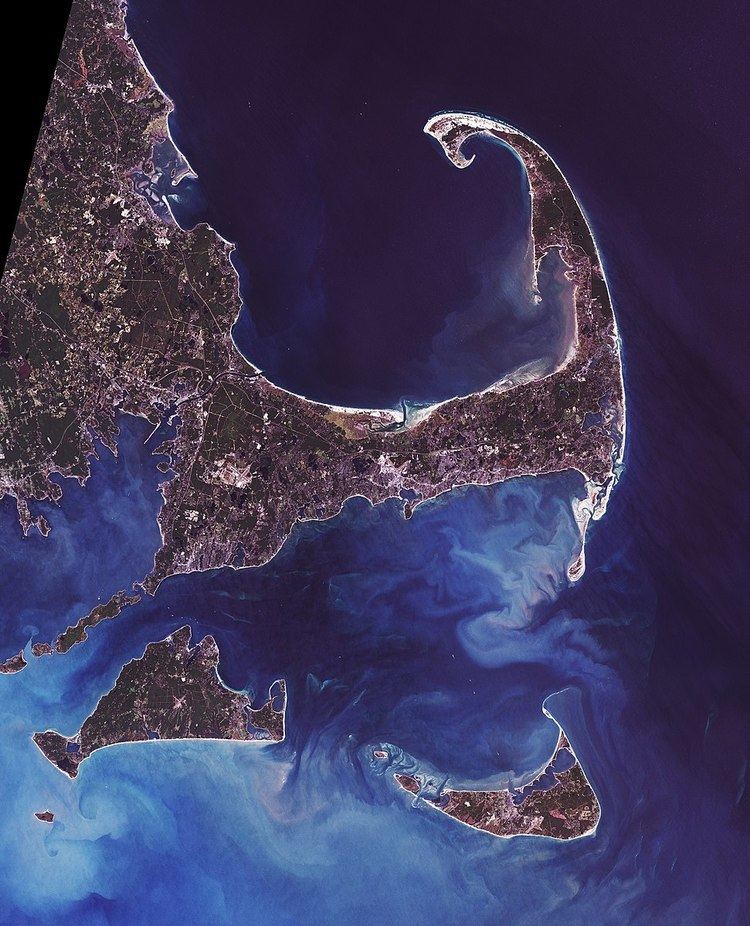 | ||
In geography, a cape is a headland or a promontory of large size extending into a body of water, usually the sea. A cape usually represents a marked change in trend of the coastline. Their proximity to the coastline makes them prone to natural forms of erosion, mainly tidal actions. This results in capes having a relatively short geologic lifespan. Capes can be formed by glaciers, volcanoes, and changes in sea level. Erosion plays a large role in each of these methods of formation.
Contents
Africa
Asia
Europe
North America
Oceania
South America
References
Cape (geography) Wikipedia(Text) CC BY-SA
